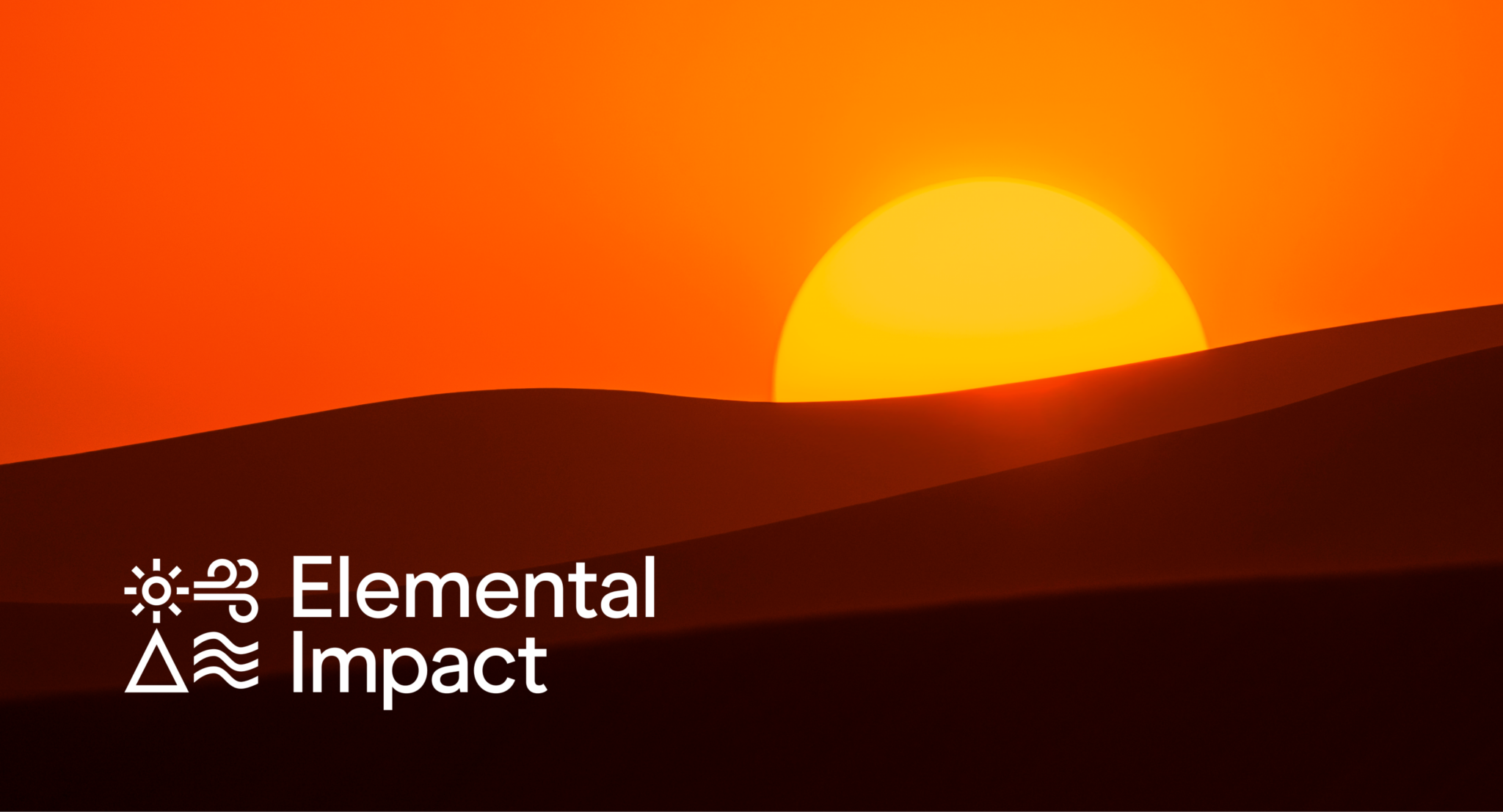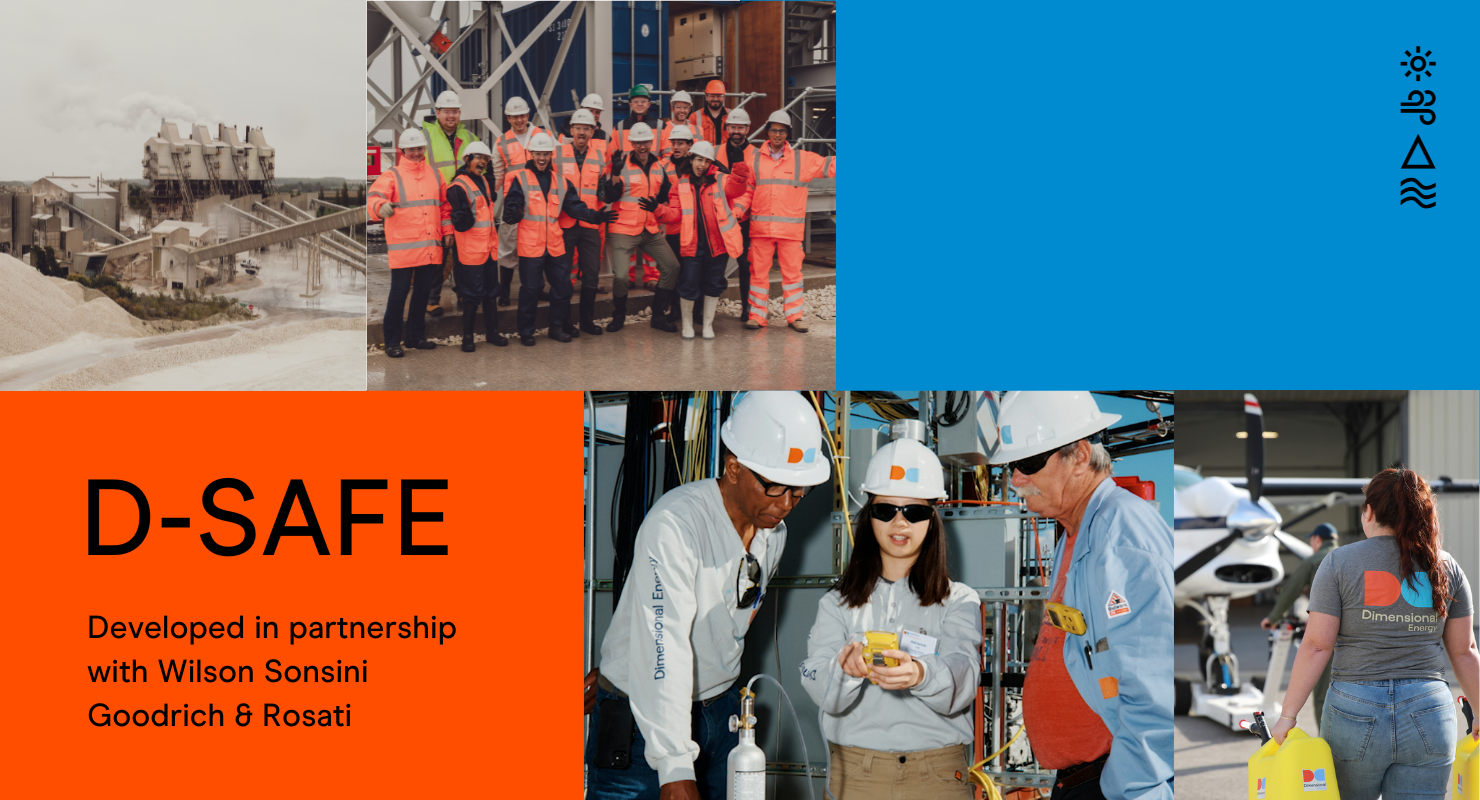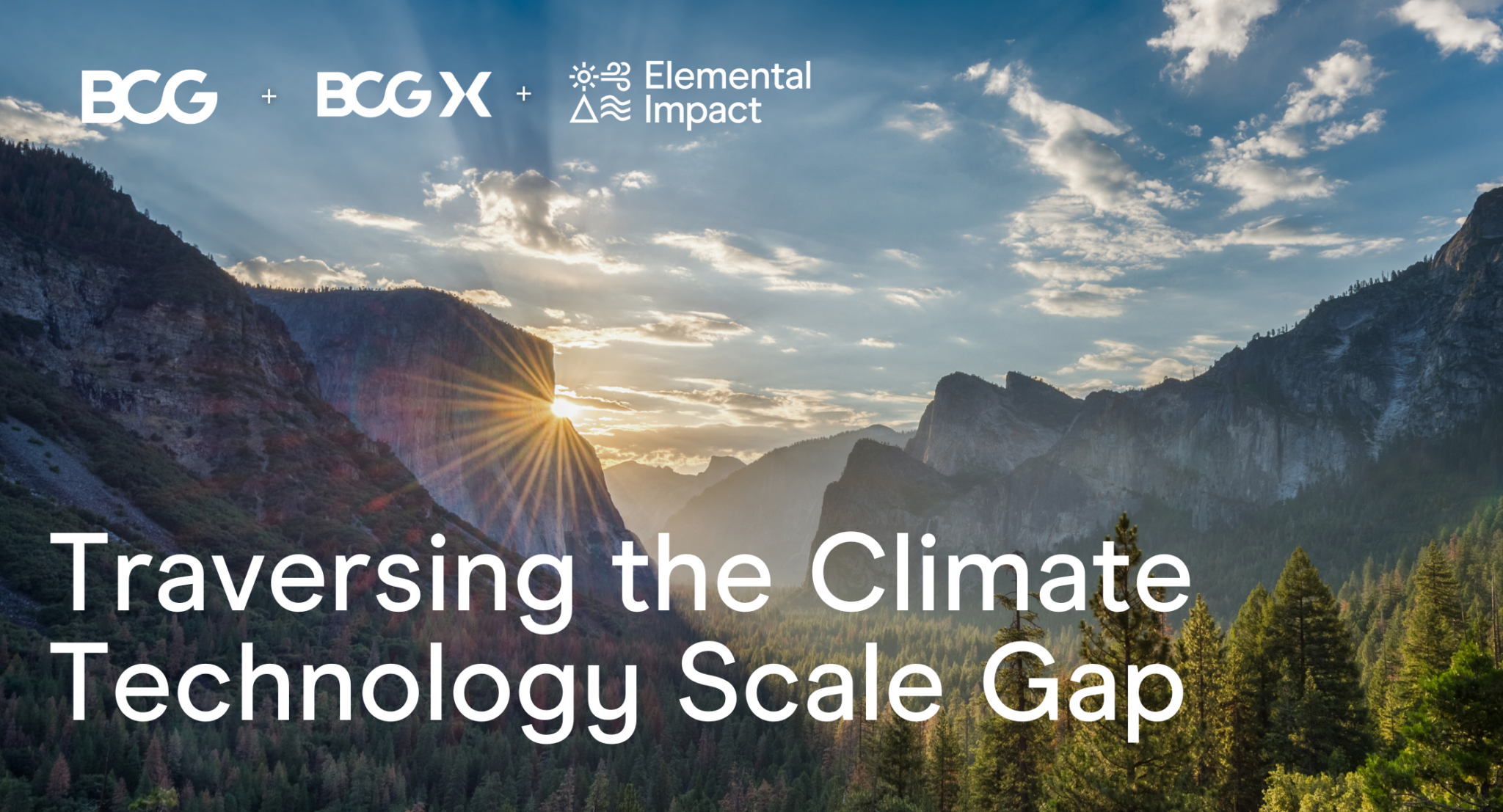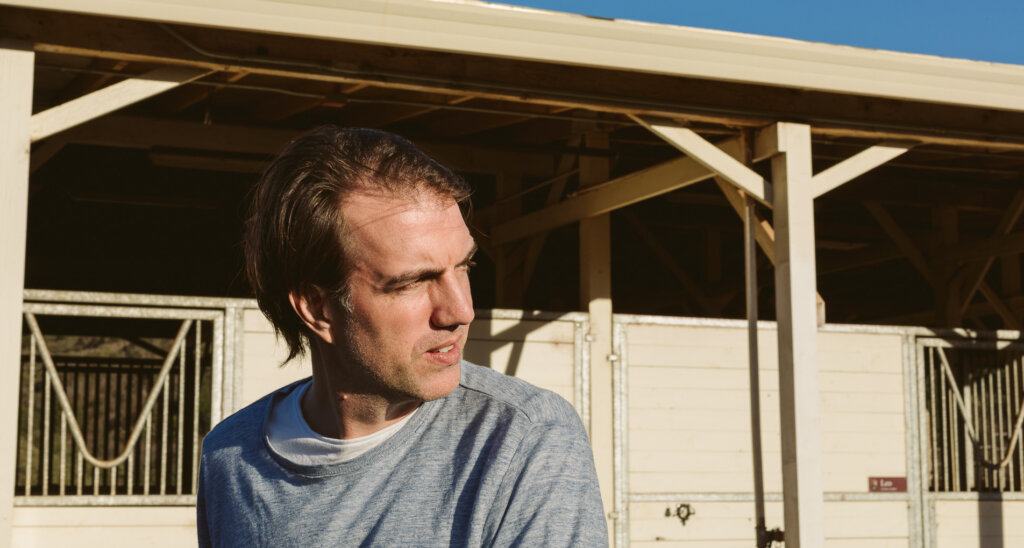
We eat a lot of meat in this world of ours — over 300 million tons per year, in fact. Nearly a quarter of that is beef, with environmental impacts ranging from methane emissions (aka cow burps) to land-use changes to water stresses. With global demand for beef climbing and emissions from food production on track to rise 60% by 2050, it’s clear that something in the livestock production system needs to change.
But that doesn’t mean that we need to give up on hamburgers to achieve our climate goals, says founder and CEO of Vence (Cohort 9) Frank Wooten. Vence’s virtual fencing technology outfits cows with a GPS-enabled collar, allowing ranchers to remotely herd their animals through pasture and gather data-driven insights. In addition to improving profitability and productivity, the technology enables better grazing techniques that can improve soil health, stimulate grass productivity and root growth, and turn our vast grasslands into more efficient carbon sinks.
The company recently raised $12M in funding and has deployed its technology on 5,000 head of cattle in the largest rotational grazing project in the world, co-funded by Elemental and in collaboration with one of the largest cattle producers in Australia. In addition to demonstrating how the Vence platform can facilitate carbon sequestration, the project will help establish mechanisms for carbon markets and monetization for ranchers.
We chatted with Frank about the hurdles and opportunities of climate-friendly livestock production, how ranchers are thinking about the future, and the impact of smart policies around rotational grazing practices.
How would you characterize the current state of rotational grazing practices — are they becoming widespread?
Everyone does it to some degree, but I’d say that high-frequency, high-intensity rotational grazing is still low adoption. There’s data that shows when you manage animals in that way, it has a much more dramatic impact on the soils. The question is, if that’s the case and it translates into more profitability, why doesn’t everybody do it? It’s a labor and capital resource constraint thing. Historically, you needed to put a lot more fencing in and you needed to hire more people to control where those animals go. We’re saying there’s a different way. Our virtual fencing provides more accountability and gives you more specificity of how you control your animals, but in a way that actually makes your lifestyle better.
That piece is intangible, but it’s a big deal. When the rain is blowing sideways or it’s 10 degrees outside, there’s a big difference between having to go out and check on your animals or just pulling out your iPad to see that they’re in the right place. That’s what we see people get excited about. If you’re selling a product in this industry you don’t get onto a farm unless you can improve their bottom line. But you likely don’t sell unless you can make an actual lifestyle difference.
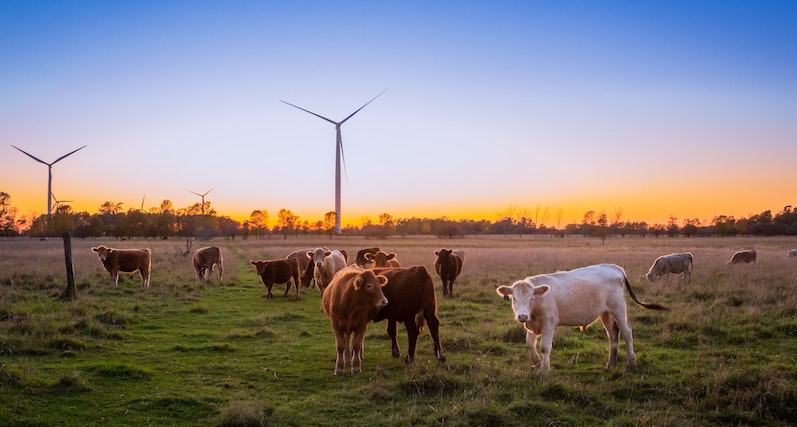
What’s one of the biggest misconceptions about the environmental impact of cattle production?
In a lot of climate circles there’s this view that cattle need to go away in favor of Impossible burgers or veggie burgers. I think those are both delicious and important, but the population is growing 50-plus percent over the next 20 years and we’re going to need to double our protein capacity. Beef production could stay flat while alternative proteins skyrocket and the livestock production industry would still control 30% of the landmass on the planet. At Vence, we see that as an opportunity for improvement so producers can change their practices to become more conservation oriented, add more carbon into the soil, and increase their profitability. Because it’s not an industry that is going to go away. And if it did, it would actually have a negative impact on the entire globe.
Do you mean that we would not have enough food to feed ourselves, or that there would be downstream environmental consequences if we stopped grazing cattle?
It’s both. If you think about it, a livestock farm is a grass factory and cows are upcyclers. They turn grass into human-consumable protein. While they are often switched to a corn diet to add fat in the last 90 to 120 days of their life, they spend most of their life eating grass, taking nutrients that no other species can digest and translating it into a human product. You go out to South Dakota and these grasslands — which, by the way, are the second largest carbon sink on the planet next to the ocean — are not soil that you can grow a human-consumable protein on. It’s not fertile enough to grow corn or whatever, but it can grow grass. So converting inedible grass into human-consumable protein is actually a really efficient utilization of that land. Our goal is to provide more tools to do it in a way that has better ecological, profit, and productivity outcomes for everybody involved.
How does the Vence technology help with that?
Not all grasses in a pasture are the same grass, and left alone cattle will overgraze certain areas. It’s like if you have a buffet with a bunch of Ben & Jerry’s ice cream versus a bowl with 20 apples. You’re not going to see people gorging on the apples, right? So the two ways to control what and where cattle eat are fencing and labor. Those help make sure the cattle don’t overgraze, that they move along and let certain areas develop root structures and grow back healthily when they’ve had enough time to rest.
What we do is provide the ability for people to have that control without the need for physical infrastructure and the need for more labor. We put a device on each animal, and it learns to respond to sound and electric stimuli. So now a farmer no longer needs to go out and build a mile of fencing for ten grand. You just press a button. And then if next year, it rains a little bit more or less, you can expand that without having to change the physical infrastructure that’s already in place. It makes it so you can increase your yields while also adapting to what the environment is giving you. And, as everybody who is has their head above sand realizes, the environment is changing rapidly.
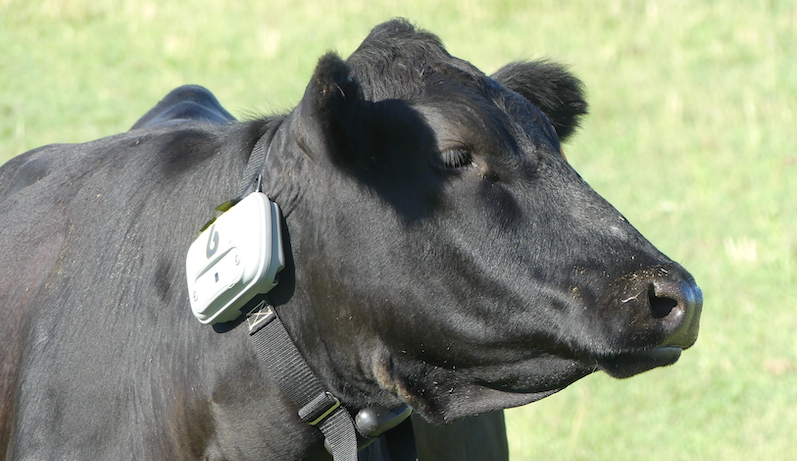
What do ag-tech startups often get wrong in trying to sell new technologies to farmers?
If you’re a rancher in the U.S., your parents were probably ranchers, your grandfather was probably a rancher and maybe your great grandfather was a rancher. You have a social system and a kind of local business system that is focused on managing your animals in one particular way. Deviation from that has a lot of implications. Going in as a California-based company and saying, “We know how to do this better” is just a recipe for disaster. And I think that it’s dishonest to think that people who have lived in an environment for a long time don’t know how it should be managed. They may not necessarily have everything they need to manage it in a way that they would want, so we try to give them a set of tools and say, hey, manage it exactly how you want.
It seems like the conversation around beef and climate change often amplifies voices on the extremes, whether it’s one side saying livestock production is completely incompatible with climate goals or another warning that climate advocates want to ban hamburgers. What we don’t often hear is the ranchers’ perspective. Where are they in all of this?
They hear everything that society is saying about them, that they are backwards thinking or not climate friendly and that the industry just needs to go away. It’s unfortunate — you’ve got people who are working harder than most people and earning less than many of them. It’s not like they’re working hard to smuggle drugs. They’re out there working to produce a product that other people eat at the dining room table.
There are 700,000-plus ranchers in the U.S. The reason many people like ranching is because they like being out in the wilderness, alone with the animals and not these crazy other humans. And so as a community, they don’t really have a common voice, despite the fact that they create 30-plus percent of the protein for human consumption. Without that common voice, ranchers lose their ability to own their narrative. I’d like to see somebody start controlling that narrative on the ranchers’ side of it better. It’s somewhat surprising to me that some larger organizations which sell into the industry haven’t supported them in doing that.
In your experience working with ranchers, what has been their perspective on things like climate change and environmental stewardship? How are they thinking about the future?
They’re definitely interested in what’s being said about climate and, especially, things like carbon credits. There’s excitement, but also some skepticism. Going back to the idea of a livestock farm as a grass factory, they’ve always sold one product — a cow — out of this factory. It’s worth price X, which goes up and down and if you’re smart you manage costs well and sell at the right time. Now there’s a new paradigm coming along where there’s this other input, carbon credits, and maybe you can sell that as well. And so they’re wondering what are the implications of this? Is it a real business opportunity, or is it a flash in the pan? I think the industry has a pretty positive view of it, but there’s still a lot of uncertainty of how it will translate into their back pockets.
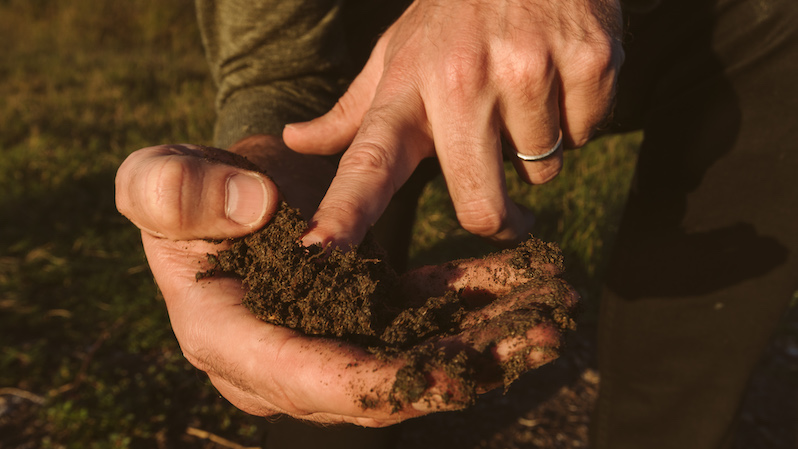
At Elemental, we’re thinking a lot about policy, and how we can bridge the gap between entrepreneurs and policymakers. If you could wave a magic wand and change one thing on the policy front, what would it be?
This administration is very focused on conservation and measurable ecological outcomes. And the Bureau of Land Management is the largest land manager in the country. That makes the government, which leases the land to ranchers, the largest grazier of cattle. I’d like to see them invest more in data and analytics around the outcomes of different management practices. Right now it’s a very manual process of physically going out and making assumptions and observations, which is tough when you’re talking about millions of acres of land. But what if I could tell you with specificity that this animal was in this area for this amount of time, or never in that river bed?
Mandating that type of visibility into ecological outcomes would obviously be a golden ticket for our business. But it would also help with some of the friction between the government and ranchers who lease the land. The majority of people I know try to manage that land exactly to the letter of their contracts, but sometimes it’s nearly impossible due to any number of challenges. So having precision and transparency can show that something wasn’t a result of negligence or mal-intent, and that they are complying with all of the things you’re asking them to do on that property.
Tell us about your project in Australia — what are you hoping to learn?
We deployed our devices with the largest integrated cattle producer in Australia, which manages 300,000 head of cattle on over 30 million acres of land. And it’s in an extremely remote setting where it has historically been extremely difficult and expensive to manage animals. Getting the system up and running there is kind of like getting a network set up on Mars. Achieving positive financial outcomes in that type of environment should translate into greater understanding of the value we create across the industry.
It’s also being done with an actual carbon project in mind, so we’re really interested to see the ecological health outcomes from managing those animals. That’s going to take time, of course. Mother Nature isn’t a software program — she takes her sweet time to recover from her wounds.
• • •


